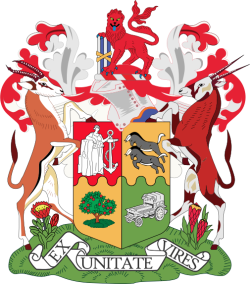
Published date
The General Laws Amendment Act of 1964 (passed in 1963) or the 90-Day Act, commences on this day. It is dubbed the 90-Day Act as it provides for any person to be detained, without trial, for 90 days. Further, on the expiration of such, the person could be re-arrested under the same law for another 90 days, a process this new law allows to be repeated indefinitely.
The Act also allows the state to retrospectively declare unlawful those organisations existing since 7 April 1960, and enables authorities to align Umkhonto We Sizwe with the African National Congress (ANC) and Poqo with the Pan Africanist Congress (PAC), both banned organisations. It also allows people convicted of political offences to be held in continuous detention after completion of their sentences, if Minister of Justice Vorster deems them a potential danger to the country or likely to promote Communist principles. This specific clause in the law becomes known as the "Sobukwe clause" as Robert Sobukwe becomes the only person on whom it is exercised.
In 1964 the General Laws Amendment Act is changed to allow the Minister to lengthen banning orders before they expire. This law generates enormous protest and its critics argue it contravenes the rule of law and compromises the power of the justice system. Its stated intention is peace, yet it achieves the opposite. In a remarkable example of double-speak, Vorster outlined his motive for introducing the bill, saying it is "because the country is peaceful and because I want to keep it that way, I am introducing the bill timeously."
In 1964, 671 people were charged with contravention of security laws and Vorster justifies this by declaring his actions necessary to protect the country against Communist conspiracy. On January 1965 the 90-day measure is suspended but 1 095 people are detained already.
Liebenberg, B. J. & Spies, S. B. (eds)(1993). South African in the 20th Century, Pretoria: van Schaik|Legislations., 'Chronology of Apartheid Legislations', from South African History Online, [online], Available at www.sahistory.org.za [Accessed: 13 June 2014]